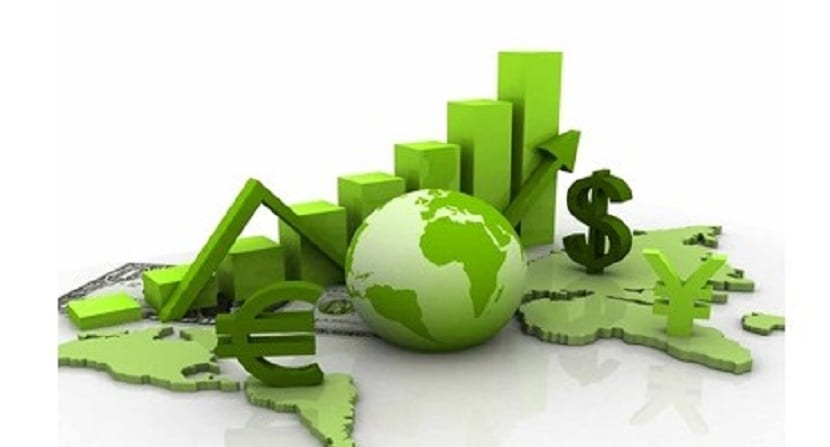After a 6.9 percent rebound in 2021, the region's Gross Domestic Product (GDP) is expected to grow 2.3 percent this year and an additional 2.2 percent in 2023, with most countries managing to reverse the GDP losses that took place during the pandemic crisis.

However, these modest projections place regional growth among the lowest in the world at a time when the region faces major uncertainties, such as the possible emergence of new variants of the coronavirus, increased inflationary pressure and the war in Europe, which threatens the global recovery.
The regional growth forecast was revised downward by 0.4 percent following the Russian invasion of Ukraine.
On the positive side, the vaccination process is widespread in the region, companies are hiring again and schools are reopening.
Still, the long-term after-effects of the crisis persist and need attention. The regional poverty rate rose to 27.5 percent in 2021 and remains above its pre-pandemic level of 25.6 percent, while learning losses could result in a 10 percent reduction in future earnings for millions of school-age youth.

The report lays out a mix of policies that can help take advantage of the opportunities presented by green growth. These include:
Pricing policies promote the adoption of today's low-carbon technologies, for example, through reforms to fossil fuel subsidies, and the establishment of carbon taxes and emissions trading schemes.
Credible verification mechanisms enable green price premiums. This will enable the export of carbon credits/offsets and take advantage of green finance markets.

Improved systems to identify and adopt technologies that mitigate the region's impact on climate and help it adapt, while leveraging its natural advantages to grow. Climate-smart agriculture, for example, can help countries adapt to changing rainfall patterns.
Policy commitments, credible long-term plans, complementary investments and risk reduction mechanisms reduce uncertainty and accelerate the adoption of technologies that promote growth while adapting to and mitigating climate change.
 English
English  Español
Español 
